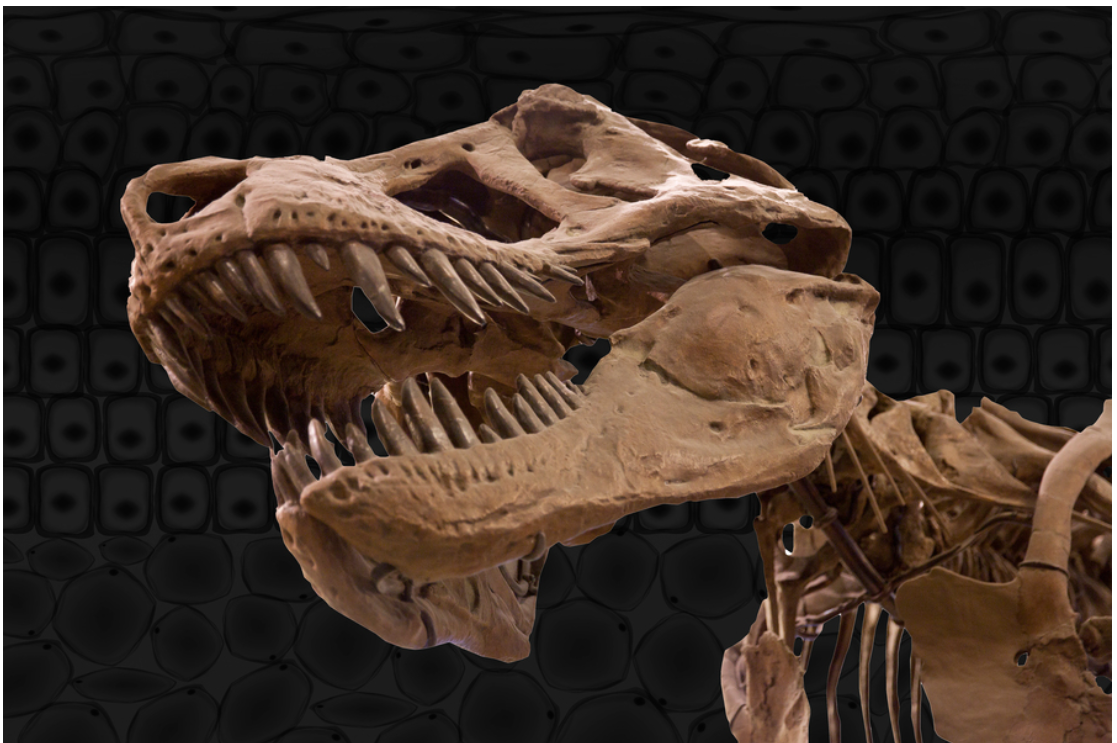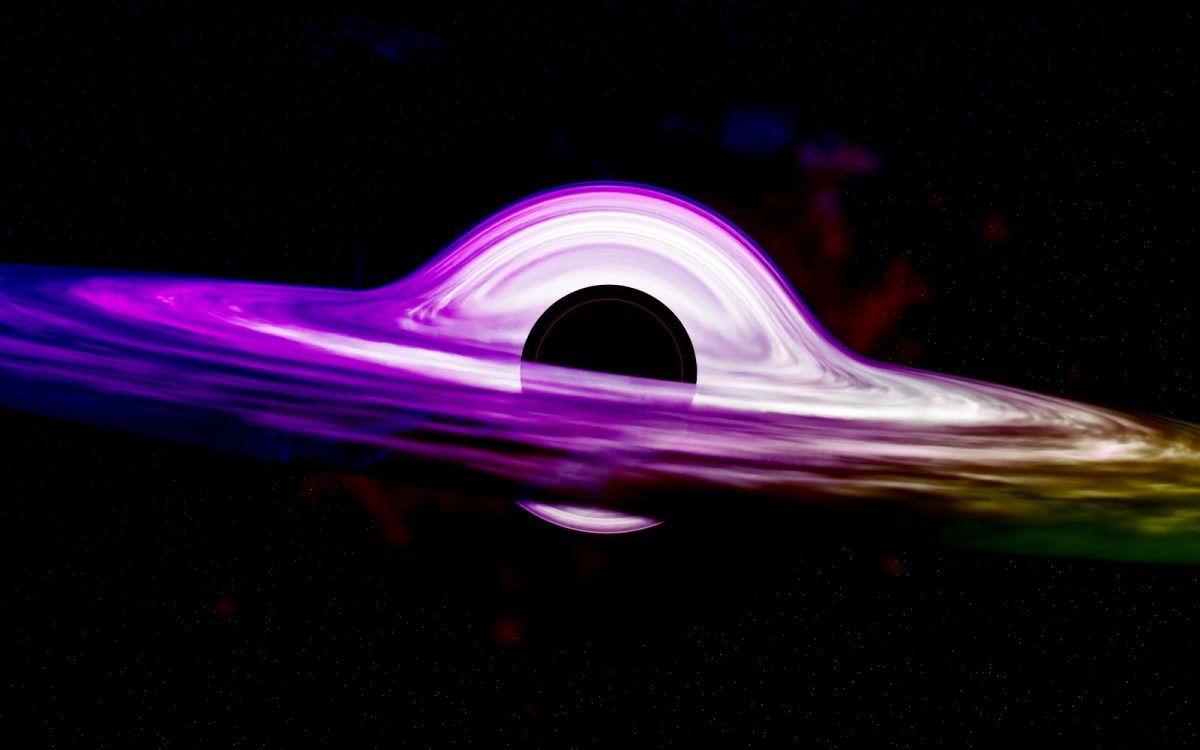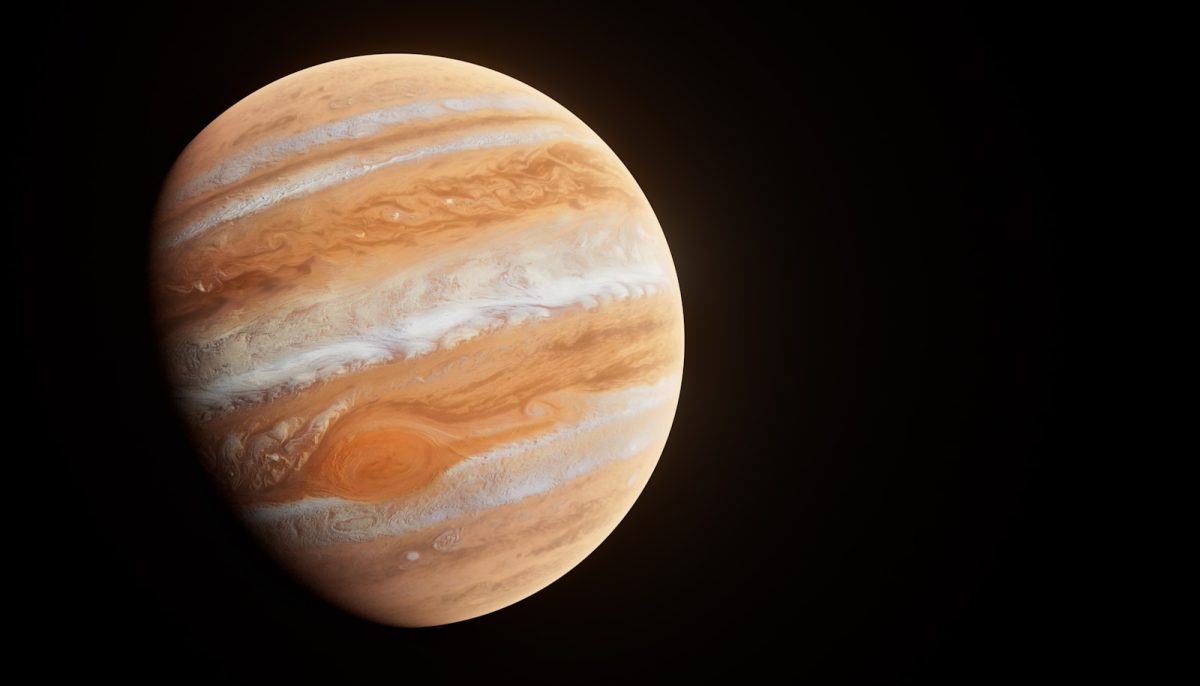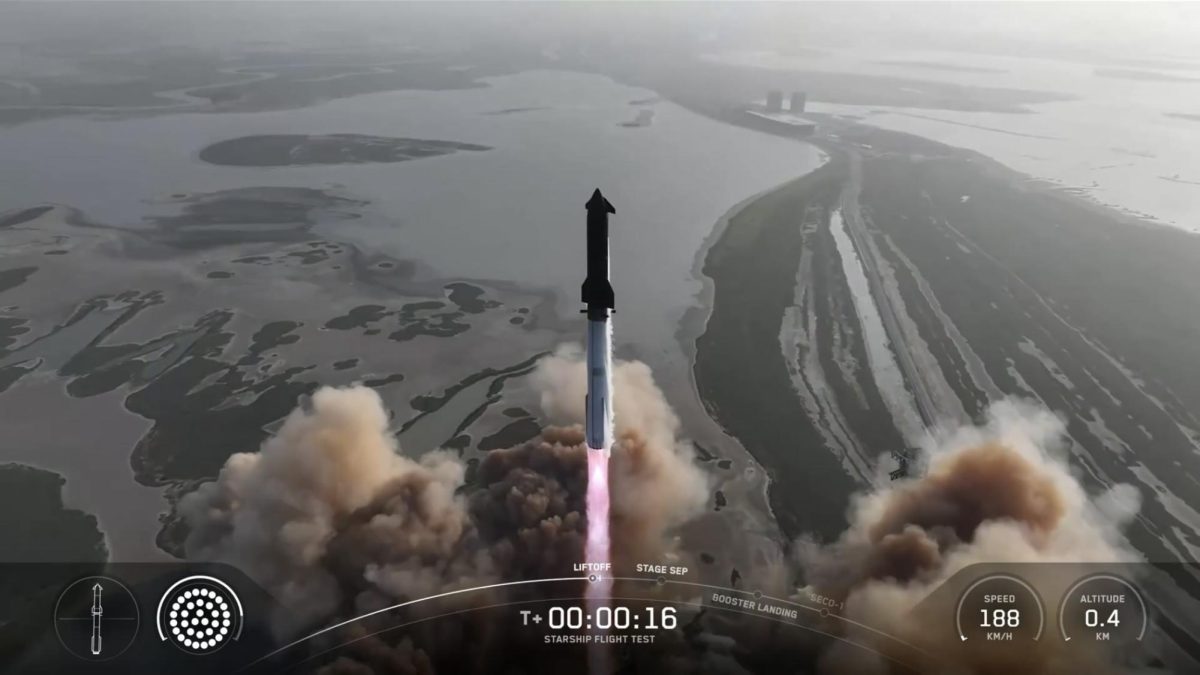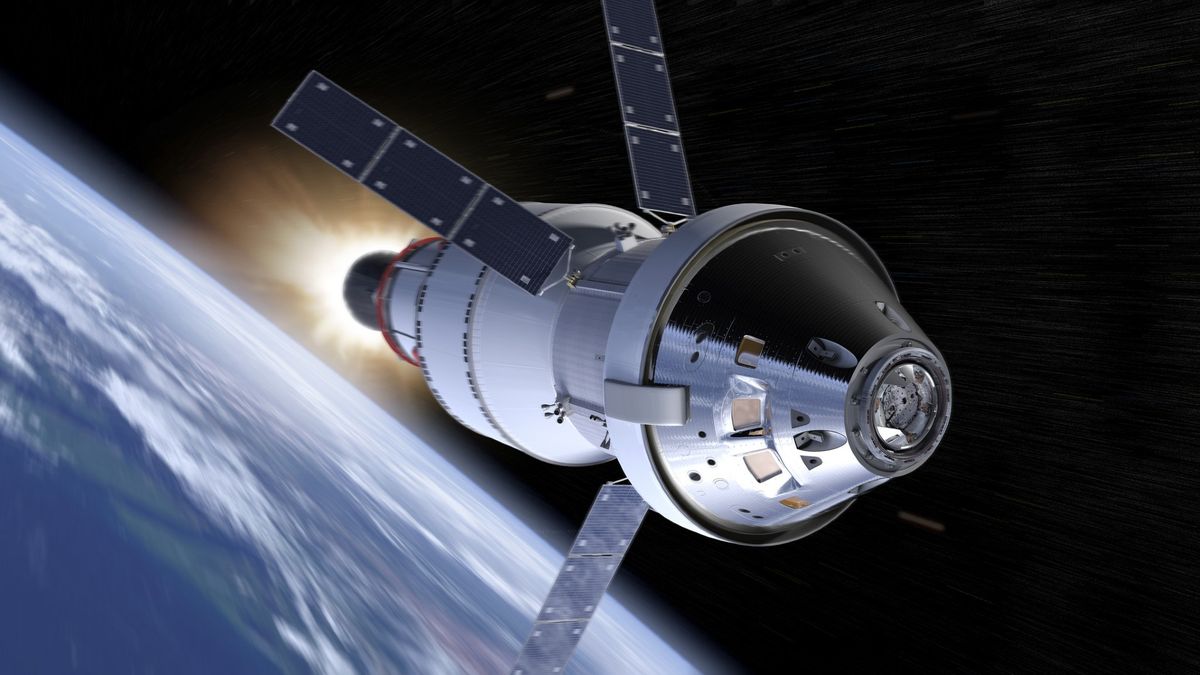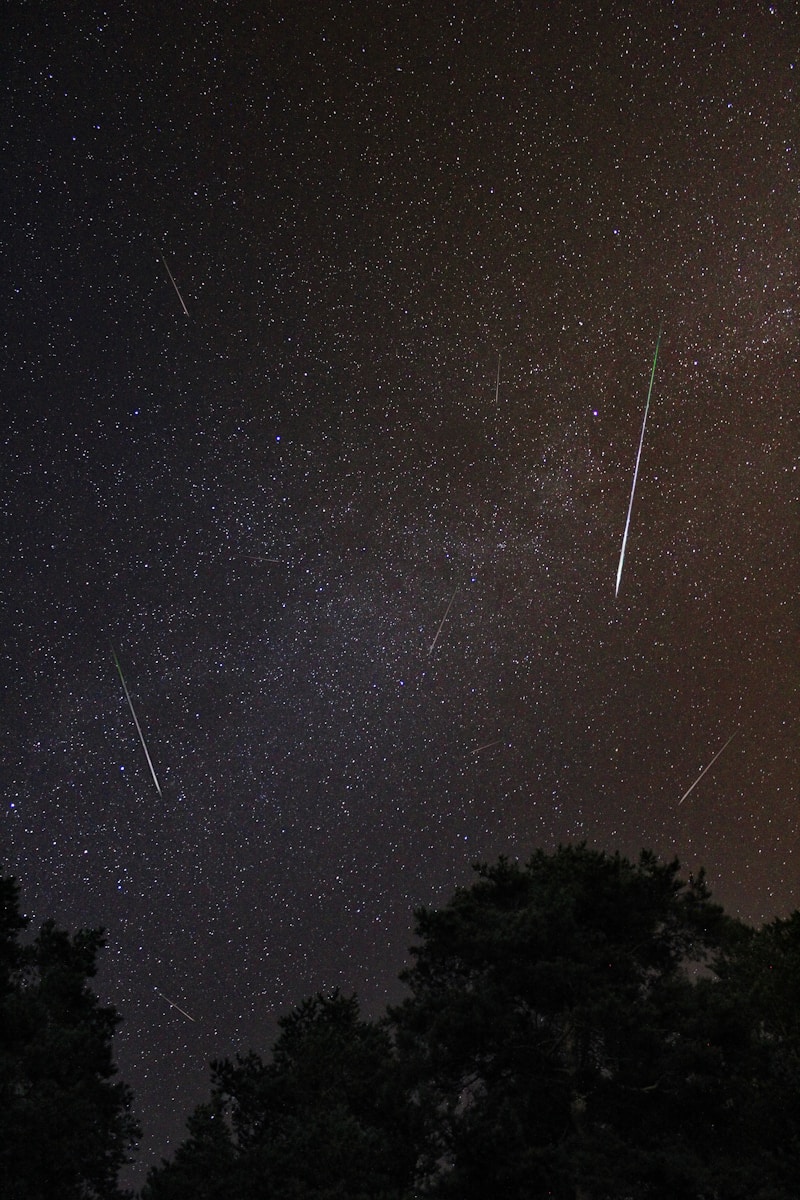The rocketry company SpaceX, has just launched it’s largest rocket since the Saturn V. The Saturn V was last flown in 1973 and was used to carry astronauts to the moon. This new rocket is called the Falcon Heavy, and indeed it is. Falcon Heavy weighs in at 3,125,735 lbs, and is 229.6 ft tall. The estimated cost to build this giant is 90 million dollars! Although that may sound crazy, the Falcon is an impressive machine well worth the cost. The rocket is comprised of three Falcon engines, which creates more than 5 million pounds of thrust at lift-off. It can carry nearly 64 metric tons (141,000 lb) into orbit and part of SpaceX’s program is to reuse rockets, which brings down the cost of space launches. Falcon Heavy was designed to carry humans into space and restores the possibility of flying missions with crew to the Moon or Mars.
The rocket also had some interesting cargo. The rocket carried SpaceX CEO Elon Musk’s red Tesla Roadster with “Space Oddity” by David Bowie playing on the stereo. It is now heading toward Mars. As to why the rocket is carrying this unique cargo; “I love the thought of a car drifting apparently endlessly through space and perhaps being discovered by an alien race millions of years in the future,” Musk tweeted in December.
https://www.sciencenews.org/blog/science-ticker/spacex-just-launched-its-biggest-rocket-first-time
In my opinion, this relates to engineering because it took lots of trail, error, and innovation to create this rocket. All of these processes are part of engineering, which this rocket couldn’t have been created without. Research and inspiration from past efforts and rockets was also used to create the Falcon Heavy, and that is also an important part of engineering.
If this piqued your interest here’s a video of the launch, and a few links so you can learn more!




